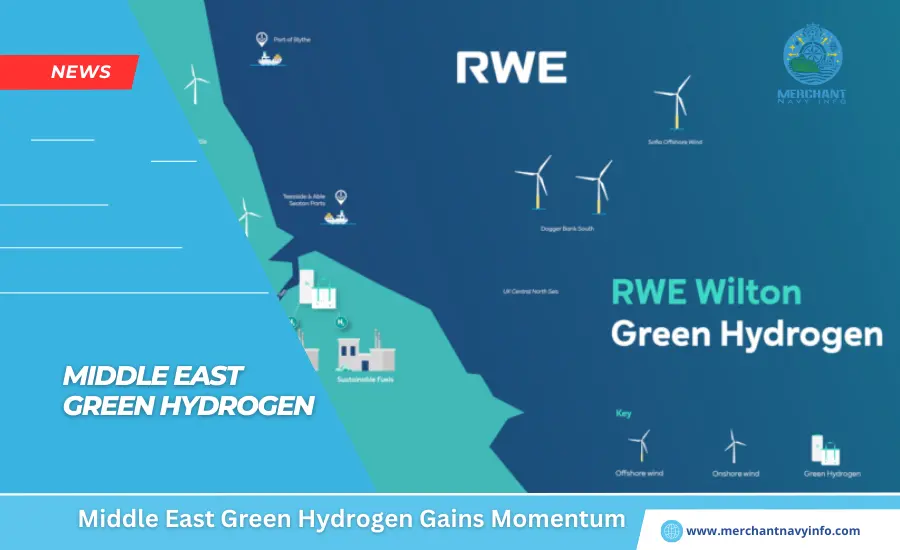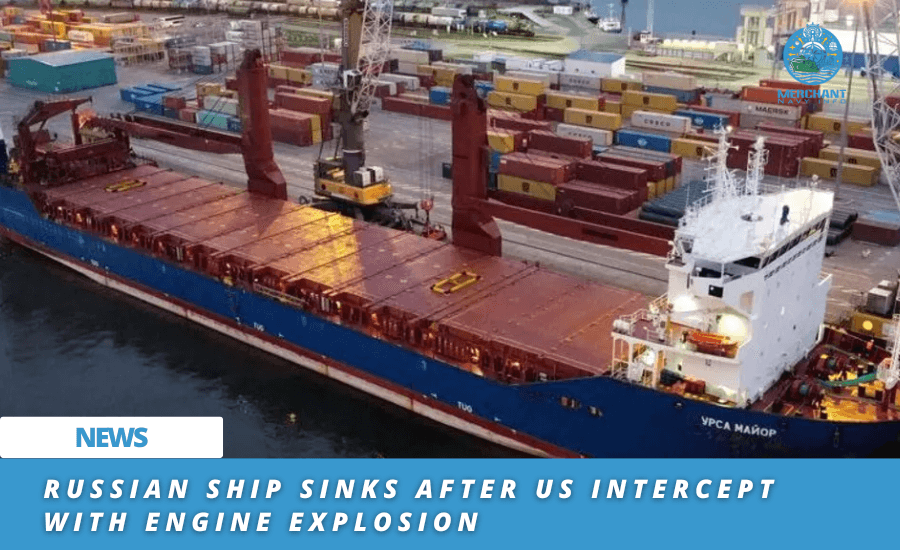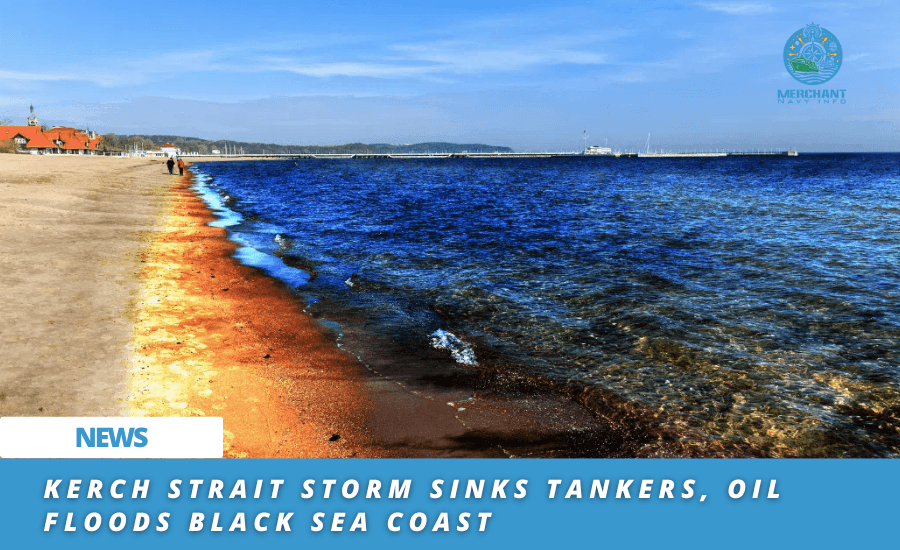
More than 350 industry experts gathered in Dubai last week to confirm the reality of hydrogen. Two days of discussions revealed that establishing hydrogen as the fuel of the future for the Middle East and North Africa (MENA) will not be easy. In recent years, the flood of project announcements has slowed, with only a few securing funding.
“As I heard, it’s calm,” said the Global Hydrogen MENA speaker. The feeling that a difficult task lay ahead seemed to prevail. Nevertheless, there was general agreement that the potential of carbon-free hydrogen as a new fuel for the region’s economy and energy transition remains very high. More powerful projects continue to be developed in many countries, moving from initial agreements to actual consideration. Meanwhile, the world’s most important green hydrogen project is underway in Saudi Arabia, putting a strong spotlight on the MENA region’s huge potential for future energy.
NEOM Gains Momentum
The NEOM Green Hydrogen Project, which uses renewable energy to produce and also export 600 tonnes of hydrogen per day and up to 1.2 million tonnes of green ammonia per year from 2026, was announced in 2020. At the time, it seemed unlikely. Currently, a hydrogen factory with an electrolysis capacity of more than 2.2 GW is being built, and 4 GW of wind and solar energy is being installed on the huge NEOM site and special high-current lines at the production site. A special pier for ammonia export is under construction.
Key to Momentum
Key to the momentum of the project is his 30-year offtake agreement with Air Products for all green ammonia produced. The company’s strong position in the global ammonia industry ensures that potential losses from the need to supply green hydrogen at gray hydrogen prices are spread across the company’s wide range of revenue streams. After this happened, Banks stormed his NEOM door to participate in the transaction. More than 20 financial institutions participated in the non-recourse financing facility, which was completed last summer, to finance $6.1 billion of the $8.4 billion project.
Diverse Approaches
The question now is where other large projects will start. This may be the case in many places, as continued developments in institutional support. Make the policy environment for hydrogen development in MENA countries more challenging. Oman offers a one-stop-shop approach to developer collaboration and infrastructure planning with Hydrogen Oman (Hydrom). The company has allocated land to five consortiums within the Duqm Special Economic Zone (SEZAD). Next, Hydrom plans to award his three parcels of land in the southern Dhofar Special Region. The announcement is expected next month.
A national network of pipeline infrastructure is planned, with special tax breaks promised for early completion of projects. The UAE adopted the National Hydrogen Strategy announced by the Ministry of Energy and Infrastructure last summer. The strategy has a “hydrogen framework” consisting of 10 parts or “levers,”. Each with an implementation plan and schedule of activities until 2031. Although the plan is national, its actions are focused on the largest emirate, Abu Dhabi. Whose Energy Ministry is focusing on low-carbon energy production with a focus on a “hydrogen haven” to attract investment.
A Hydrogen Policy Is Being Formulated in Middle East
This document may be of great importance to developers. Abu Dhabi Department of Energy is taking a project-by-project approach. With a technical committee analyzing the merits of the proposals and considering what needs to be done to get the project off the ground and ensure value for the emirate.
The two lords are the Emirati national oil company ADNOC and its clean energy company Masdar. Which will be involved in any hydrogen development consortium. Egypt has a wealth of projects, with around 30 memorandums of understanding signed between companies and around 10 projects developed into framework agreements. Much of the activity is focused on the large Suez Canal Economic Zone (SCEZ), where large-scale renewable energy projects and marine fuel production opportunities are located nearby.
Morocco is considering hydrogen as a “green” industrialization strategy for economic development, with a focus on the country’s fertilizer industry, led by the Soler Nouvelle Energies Institute (IRESEN). The country is also preparing programs to attract developers and plan pipelines to Europe. Saudi Arabia is not satisfied with its green hydrogen breakthrough.
State oil company Aramco is betting on blue hydrogen from carbon capture as it seeks to decarbonize its operations and related industries. Regional specialization is progressing, with the windy northwestern region producing green hydrogen and the industrial eastern region producing blue hydrogen.
A Solid Foundation World Hydrogen
The different national approaches discussed at MENA were seen as an integral part of the emerging market’s ongoing development. But there’s also a lot of focus on the demand side. Which needs to evolve so that stronger projects can eventually become widespread.” Many projects in the region are stuck waiting for approval. Especially from Europe,” said Dan Feldman, a partner at King & Spalding in Abu Dhabi.
“While we in MENA are striving to reduce costs, we cannot continue without policies to develop infrastructure and also demand.”
Hydrogen Market
These include updated EU Renewable Energy Directive (RED III) obligations and markets such as Germany’s H2Global market, which adopts a ‘contract for difference’ approach that supports long-term purchase agreements with government-backed buyers. It is a combination of mechanisms. It is still unclear whether these will be enough to ultimately increase his MENA hydrogen demand.
Industry experts are currently working to identify and support more viable projects. Carlos Gasco Trabecedo, director of energy policy at Abu Dhabi’s Department of Energy, said, “Temperatures have fallen a little compared to last year.” “I think it has to do with the fact that some projects have to be rethought and repositioned.
“This is quite normal because the market has to go through these processes.” he added. Mr. Trabecedo noted that more robust projects sit alongside industrial production, while export-oriented projects appear to be more uncertain. Still, he sees what he calls a “solid foundation” emerging.
Perhaps more profitable projects will emerge,” he said. “Realistically, he’s probably going to have another year or two of challenges and slow progress,” said Cornelius Matthes, CEO of Dubai-based clean energy industry group Dii Desert Energy. For perspective, he highlights the real progress that has been made over the past four years as MENA countries develop plans and incentives for industry. “In 2020, no one would have imagined that something like NEOM green hydrogen would be possible,” he said.









